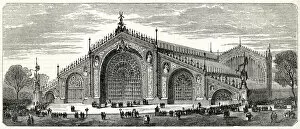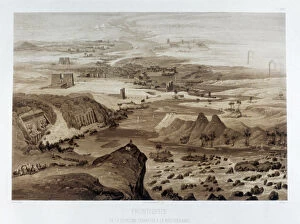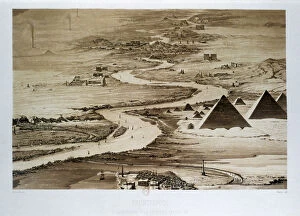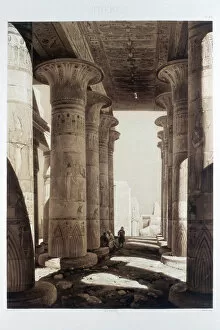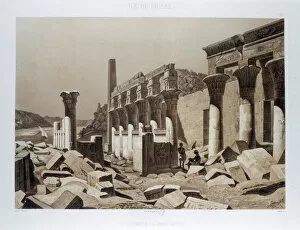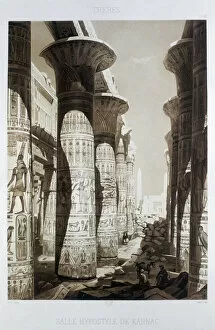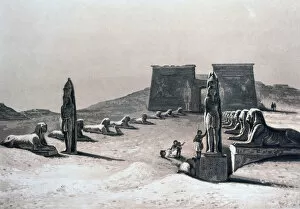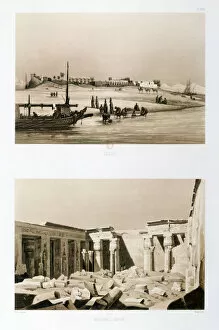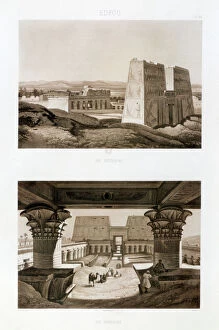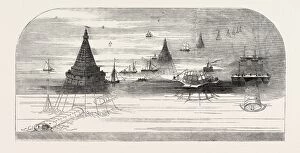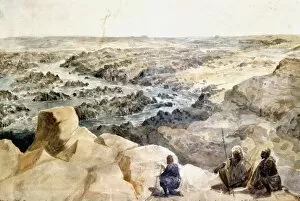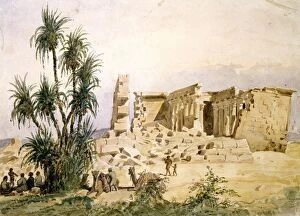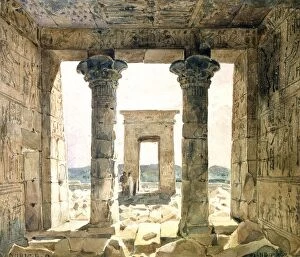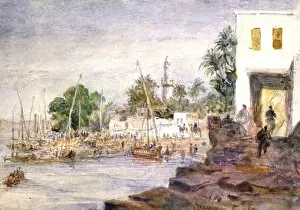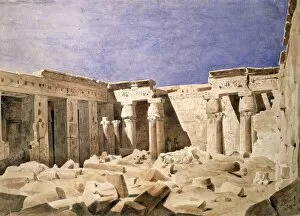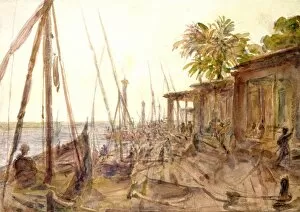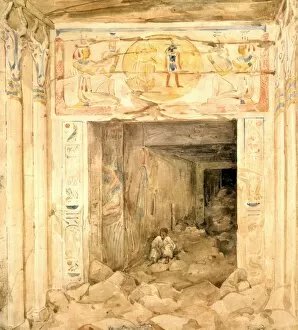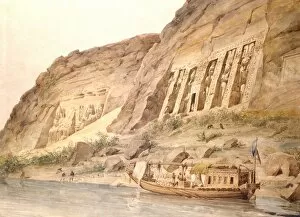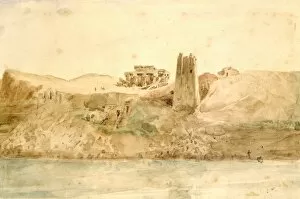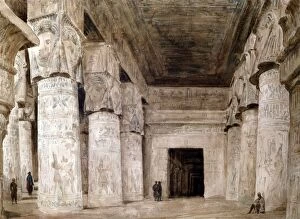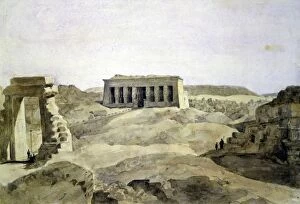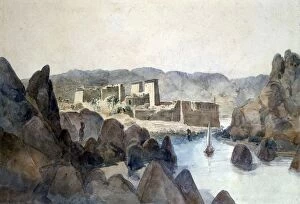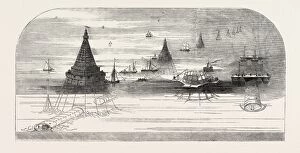Horeau Collection
"Hector Horeau: Capturing the Beauty of Egypt and Beyond" Step into the world of Hector Horeau
For sale as Licensed Images
Choose your image, Select your licence and Download the media
"Hector Horeau: Capturing the Beauty of Egypt and Beyond" Step into the world of Hector Horeau, a visionary artist who left an indelible mark on the art scene in the 19th century. His designs for Crystal Palace's exterior and interior in 1851 showcased his exceptional talent for blending grandeur with elegance. But it was his journey through Egypt that truly ignited Horeau's artistic soul. With brush in hand, he embarked on a breathtaking expedition from the Second Cataract to the Mediterranean in 1841, capturing every awe-inspiring detail along the way. Himely, another talented artist, accompanied him and together they immortalized Egypt's mesmerizing landscapes. From Alexandria to the Second Cataract, their paintings transported viewers to ancient wonders that stood against time's relentless march. The Hypostyle Hall of Ramesseum at Thebes came alive under Horeau's skillful strokes while Himely breathed life into Temple of Venus Athor on Philae Island. The duo didn't stop there; they ventured further into Karnak where they unveiled the majestic Hypostyle Hall before setting their sights on Asseboua Temple nestled in Nubia. Luxor and Medinet Habu were next on their list as Horeau masterfully captured their intricate beauty. Edfu Temple became a testament to Horeau's attention to detail as he meticulously depicted its facade and interior with utmost precision. But it wasn't just ancient marvels that captivated this remarkable artist; he delved into futuristic projects too. Hence emerged his groundbreaking concept - Submarine Railway between France and England - showcasing his innovative spirit ahead of its time. This ambitious vision revealed not only his artistic prowess but also his forward-thinking mindset. Yet amidst all these accomplishments, one moment stands out vividly - when Horeau arrived at Second Cataract on May 14th, 1838.

